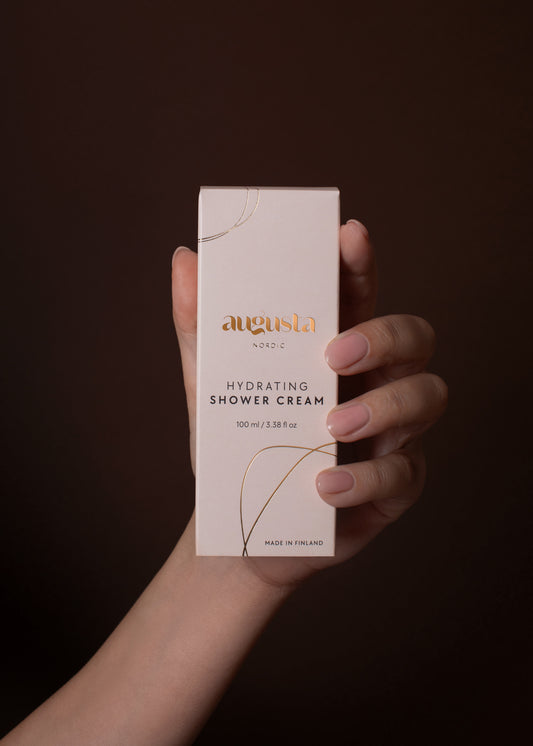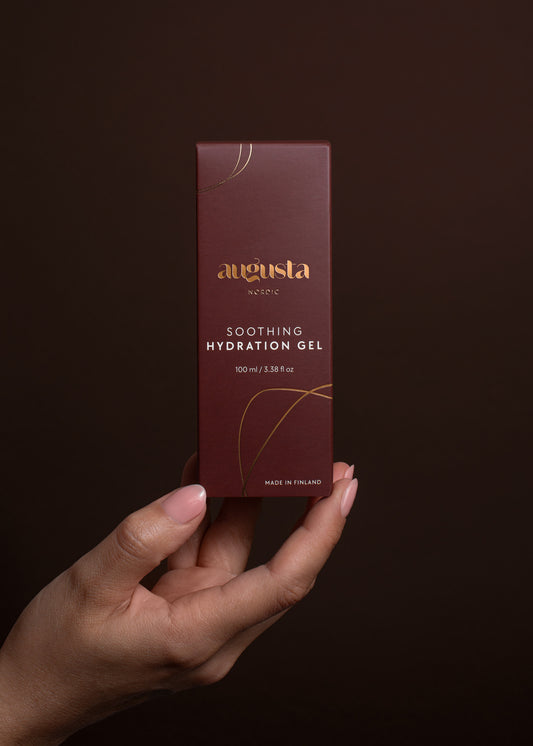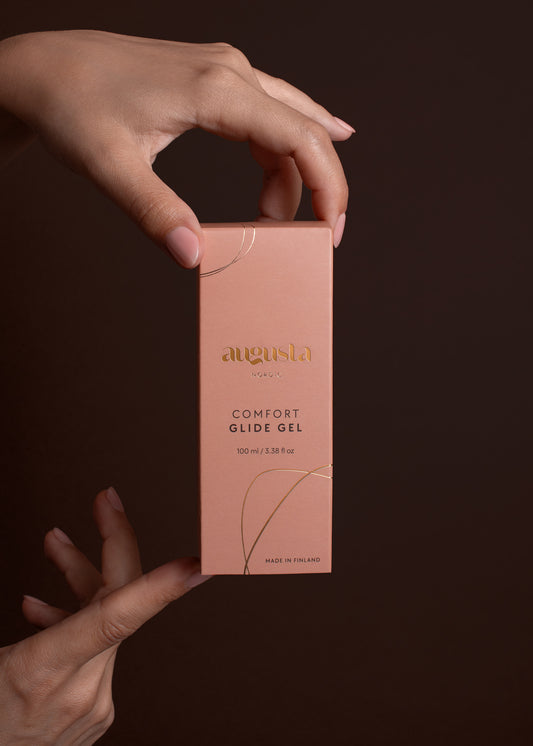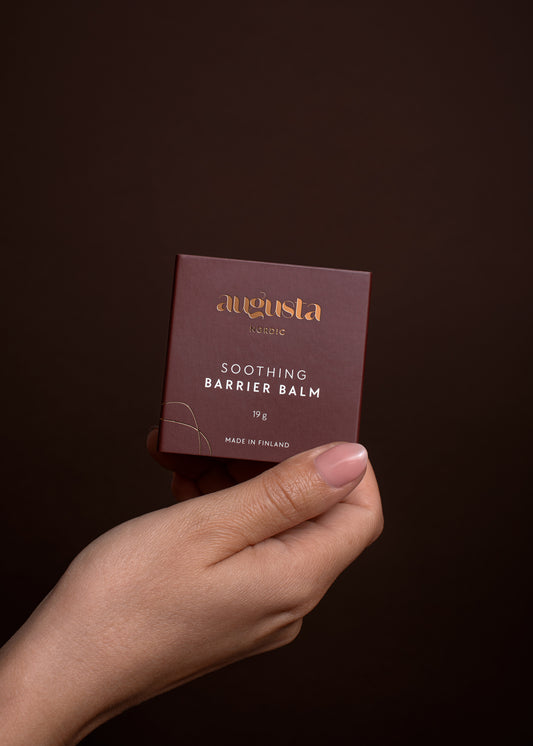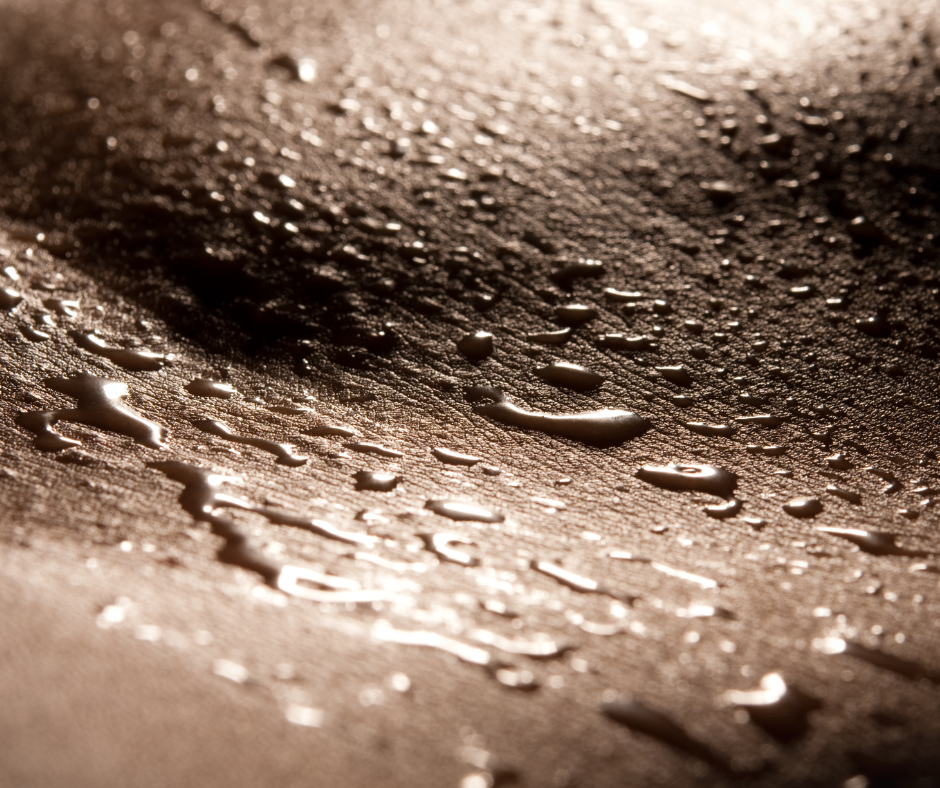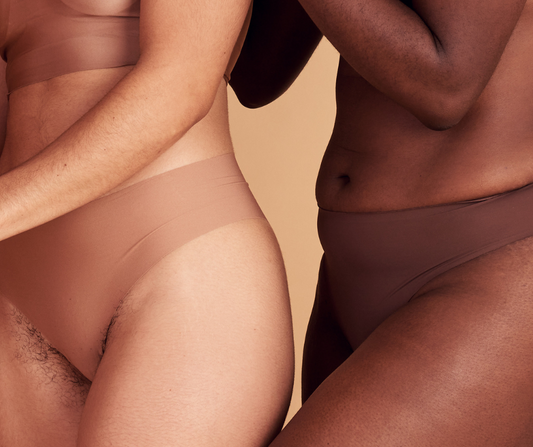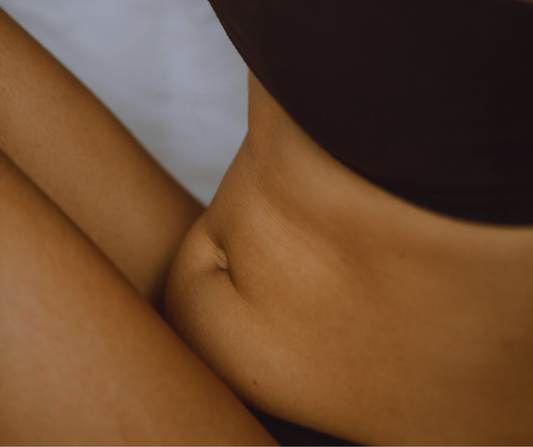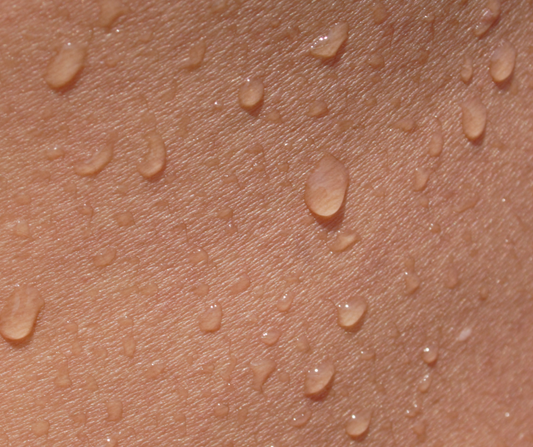Let’s be real. Your vulva deserves more than just a quick rinse. Especially with plain water. While your vagina takes care of itself (go, queen!), the vulva, the outer skin, is exposed, sensitive and needs a little more love. And when we talk about love down there, we talk pH balance.
The Science of pH: What’s the Deal?
pH (short for potential of hydrogen) measures how acidic or alkaline something is on a scale from 0 to 14:
- 0–6.9 = Acidic
- 7 = Neutral
- 7.1–14 = Alkaline
Your vagina naturally maintains a pH between 3.8 and 4.5, thanks to friendly bacteria like Lactobacillus that produce lactic acid. This acidic environment helps:
- Inhibit harmful bacteria and yeast
- Support a balanced microbiome
- Prevent infections like bacterial vaginosis and UTIs
But here’s the twist: pH balance isn’t constant. It changes, especially with age.
How pH Shifts with Age and Hormones
When estrogen levels are high (during reproductive years), your vaginal tissue is thick, elastic, and full of glycogen, an essential fuel for Lactobacillus bacteria. This keeps your pH low and your microbiome strong.
But during perimenopause and menopause, estrogen levels decline. Here’s what happens:
- Glycogen production drops → fewer Lactobacilli
- pH rises (can go up to 5.5 or even 6.5)
- Microbiome shifts → harmful bacteria may increase
- Tissue becomes thinner, drier, and more sensitive
This pH shift makes you more prone to:
- Vaginal dryness and irritation
- Infections and inflammation
- Changes in discharge, odor, and general comfort
Your vulva, while more exposed, thrives when cared for with products in the same pH range. Using something too alkaline? You risk disrupting your microbiome, leading to dryness, irritation and even infections.
Is Water Enough?
Plain tap water has a pH of around 7.0 to 8.5 which is neutral to slightly alkaline. That’s not harmful, but it doesn’t:
- Remove oil-based residue (like sweat, sebum, or discharge)
- Respect your skin’s natural acidity
- Contain any moisturizing or protective ingredients
Translation? Water might rinse, but it doesn’t nourish. And when it comes to your vulva, nourishment matters. So no, water alone isn’t enough, especially as your body goes through hormonal changes.
What About Regular Soaps and Gels?
Here’s a peek at the pH levels of typical products on the shelf:
| Product Type | Average pH | Effect on Vulva |
| Tap water | 7.0 - 8.5 | Neutral to slightly alkaline |
| Body wash/shower gel | 8.0 - 10.0 | Too alkaline - can cause irritation |
| Facial cleansers | 5.5 - 7.0 | Closer, but still not ideal |
| Augusta Nordic Shower Cream | 4.3 - 4.5 | Many intimate washes (sadly) 4.5 - 6.5 Some are too alkaline for daily use |
Why Augusta Nordic Does It Differently
Many “intimate” washes are still too harsh or contain unnecessary perfumes and surfactants. Marketing ≠ microbiome-safe. Always check the pH, ingredients, and real science behind the claims.
Our Hydrating Shower Cream is formulated to stay within the ideal pH range of 4.3 to 4.5 - right in the sweet spot for the vulva. It’s made in Finland (hei vaan!) and dermatologically tested for sensitive skin.
It includes xylitol from Finland which is a prebiotic sugar that supports healthy skin flora. Lactobacillus Ferment is a probiotic that helps to strengthen the skin’s natural defenses and maintain balanced microbiome. Fragrance-free, sulfate-free, gender-neutral pH balanced to match intimate skin, not strip it. Because luxury shouldn’t mean lavender perfume in your pants. It should mean science-backed care that respects the most sensitive part of your body.
Perfectly Balanced for the intimate area
- Vaginal and vulvar pH is naturally acidic, but rises with age and hormonal shifts
- Water alone isn’t enough to remove buildup or support your microbiome
- Regular soaps are often too harsh and alkaline
- Augusta Nordic’s Shower Cream is pH-perfect and age-aware
This isn’t about fear, it’s about facts. And self-care. Treat it like it matters, because it does. Luxury where it matters the most.
References:
Linhares IM, Summers PR, Larsen B, Giraldo PC, Witkin SS. Contemporary perspectives on vaginal pH and lactobacilli. BJOG. 2011.
Anderson MR, Karasz A, Hecker E. Vaginal pH and microbiota: impacts on women’s health across the life span.BMC Women’s Health. 2022.
Brotman RM. Vaginal microbiome and sexually transmitted infections: an epidemiologic perspective. J Clin Invest. 2014.
Healthline. What’s the pH of Water? 2020.
Mahmoudi H et al. Comparative evaluation of the pH of commercial intimate hygiene products. Iranian Journal of Public Health. 2018.
